Dealing with Pests in Cabins: 7 Prevention and Removal Tips
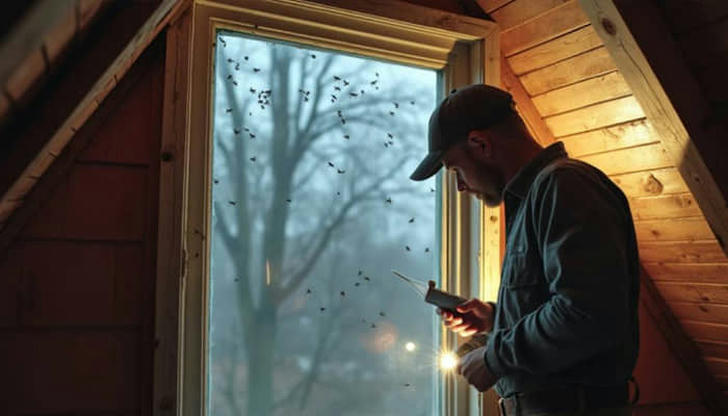
Living in a cabin is one of life’s greatest joys, but without proper care, it can come with some downsides over time. Wood naturally attracts pests, serving as both their shelter and food source. While getting closer to nature means embracing its beauty, it also means being closer to unwanted critters. Managing pests inside and around a cabin might sound overwhelming, but it’s easier than you think. These seven pest control tips will help you protect your property and maintain your peaceful retreat.
1. Seal Entry Points
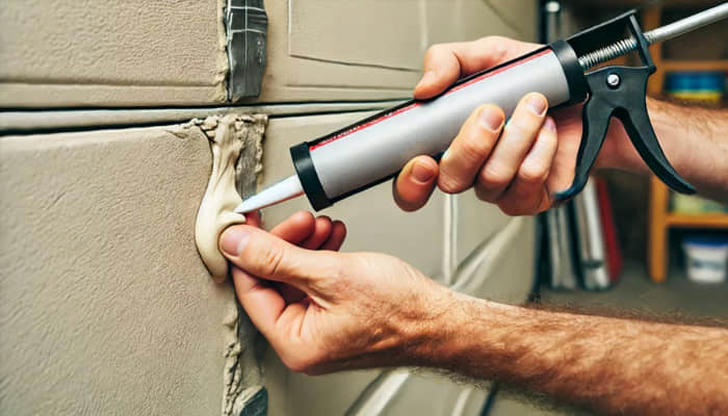
Pests often find their way into cabins through small cracks and openings. Inspect your cabin’s exterior, paying close attention to:
Windows and doors
Gaps in the foundation
Spaces around utility pipes
Use weatherstripping, caulk, or expanding foam to seal these gaps. Adding door sweeps can further block pests like insects and rodents from entering your home. Regularly inspect these seals, as wear and tear over time can create new vulnerabilities.
2. Store Food Properly

Food left out or improperly stored is a major attractant for pests. Implement these practices:
Store dry goods in airtight containers.
Keep fresh produce in sealed refrigerators or containers.
Quickly clean up any spills or crumbs, especially in the kitchen and dining spaces, to keep pests away.
Also, don’t leave pet food out overnight—it’s like an open invitation for rodents and bugs to move in! If your cabin is used seasonally, ensure all food items are removed before leaving to prevent infestations during your absence.
3. Keep the Cabin Clean
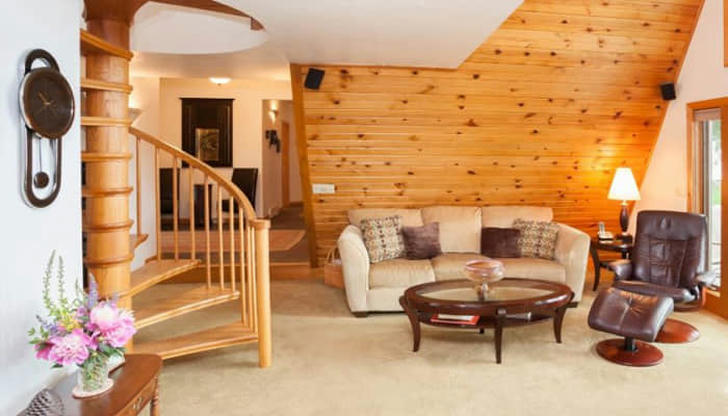
A clean cabin is less inviting to pests. Regular cleaning routines should include:
Sweeping and vacuuming floors to remove crumbs and debris.
Wiping down surfaces with disinfectant to eliminate food residue.
Taking out the trash daily and keeping outdoor trash bins sealed.
Don’t forget to clean less obvious areas like under furniture and behind appliances, where food particles can accumulate unnoticed. Deep cleaning at least once a month can further reduce the risk of pests settling in.
4. Use Natural Deterrents
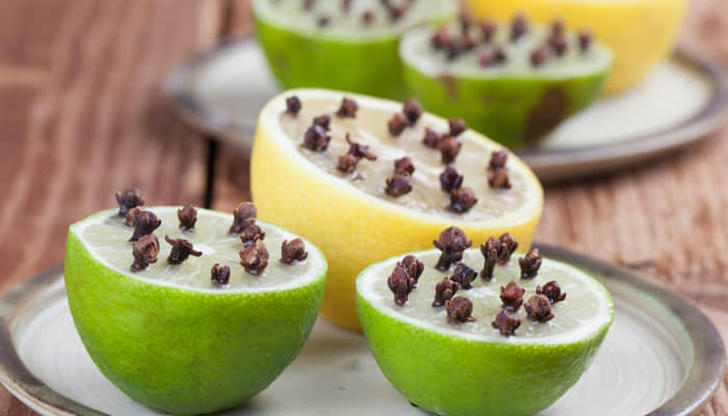
Natural pest repellents can be highly effective and eco-friendly. Some options include:
Peppermint Oil: Deters mice, spiders, and ants. Mix with water and spray around entry points.
Diatomaceous Earth: A natural powder that kills crawling insects like ants and roaches.
Citrus Peels: Rub them along windowsills and door frames to repel spiders and ants.
Planting herbs like lavender, basil, or rosemary near your cabin can also help deter pests. These plants not only keep bugs away but also enhance the ambiance of your outdoor space.
5. Control Moisture Levels
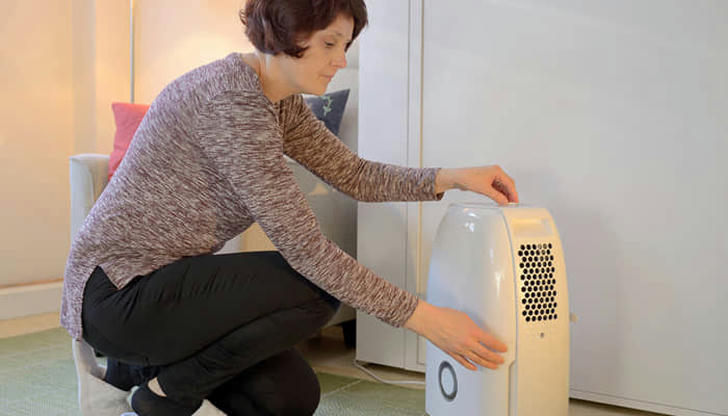
Many pests, such as cockroaches and silverfish, thrive in damp environments. Reduce moisture by:
Fixing leaky pipes and faucets.
Use a dehumidifier to keep indoor humidity levels below 50%.
Ensuring proper ventilation in areas like bathrooms and basements.
Remember to inspect gutters and downspouts to ensure they direct water away from the cabin’s foundation, preventing damp conditions that attract pests like termites.
6. Install Pest Barriers
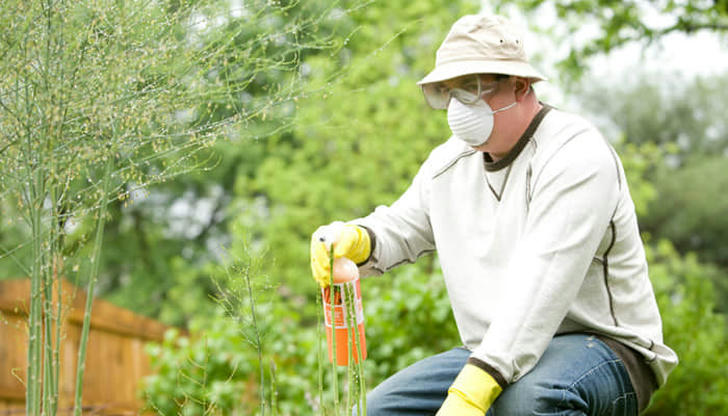
Prevent pests from entering your cabin by creating physical barriers. Consider these upgrades:
Fit windows and vents with fine mesh screens to keep flying insects out.
Use sturdy wire mesh to cover larger gaps, like chimneys or attic vents, to prevent rodents and birds from getting in.
Place sticky traps or bait stations in areas prone to pests, such as kitchens and basements.
For outdoor protection, consider adding gravel or stone borders around the cabin’s perimeter to discourage crawling insects and rodents from approaching.
7. Conduct Routine Inspections
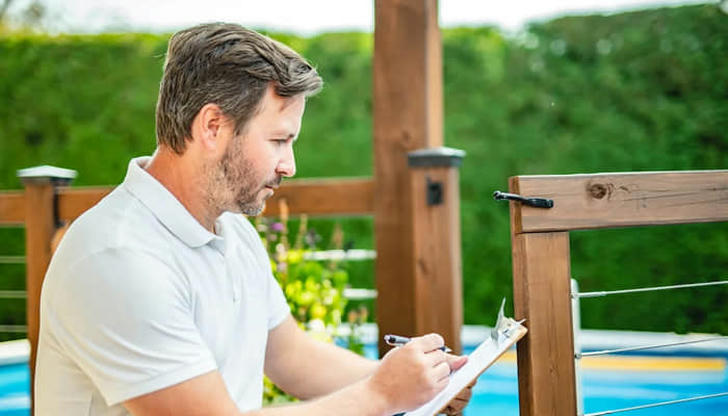
Regular inspections can help you identify and address pest issues before they escalate. Schedule inspections to:
Watch out for clues that rodents might be around, like droppings or chew marks.
Inspect areas like attics, under eaves, or behind furniture for any signs of insect nests.
Check your firewood stacks near the cabin to make sure they’re not hiding termites or carpenter ants.
As you inspect, pay attention to any structural issues, such as rotting wood or small holes, as these can provide easy access for pests. If you come across a severe infestation, don’t hesitate to call in a professional pest control expert to handle it safely and effectively.
Additional Tips for Long-Term Prevention
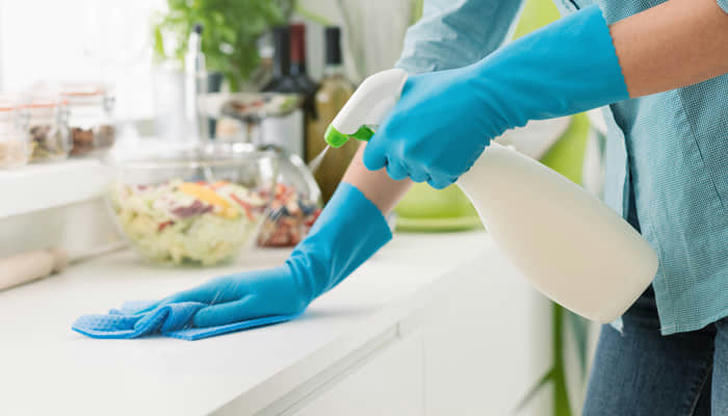
Maintain Landscaping: Trim back trees and shrubs near the cabin to prevent pests from using them as bridges to your home.
Proper Firewood Storage: Store firewood at least 20 feet away from the cabin and elevate it off the ground to deter termites and rodents.
Light Management: Use yellow or sodium vapor lights outdoors, as they are less attractive to flying insects compared to white lights.
Hey, if the pests still don't appreciate it, don't stress and call in a professional pest control service. Your shed should be your quiet sanctuary, not a gathering place for unwanted guests! Remember, pests, like humans, will seek shelter and food. The more you can limit their access to these necessities, the less likely they are to linger.
